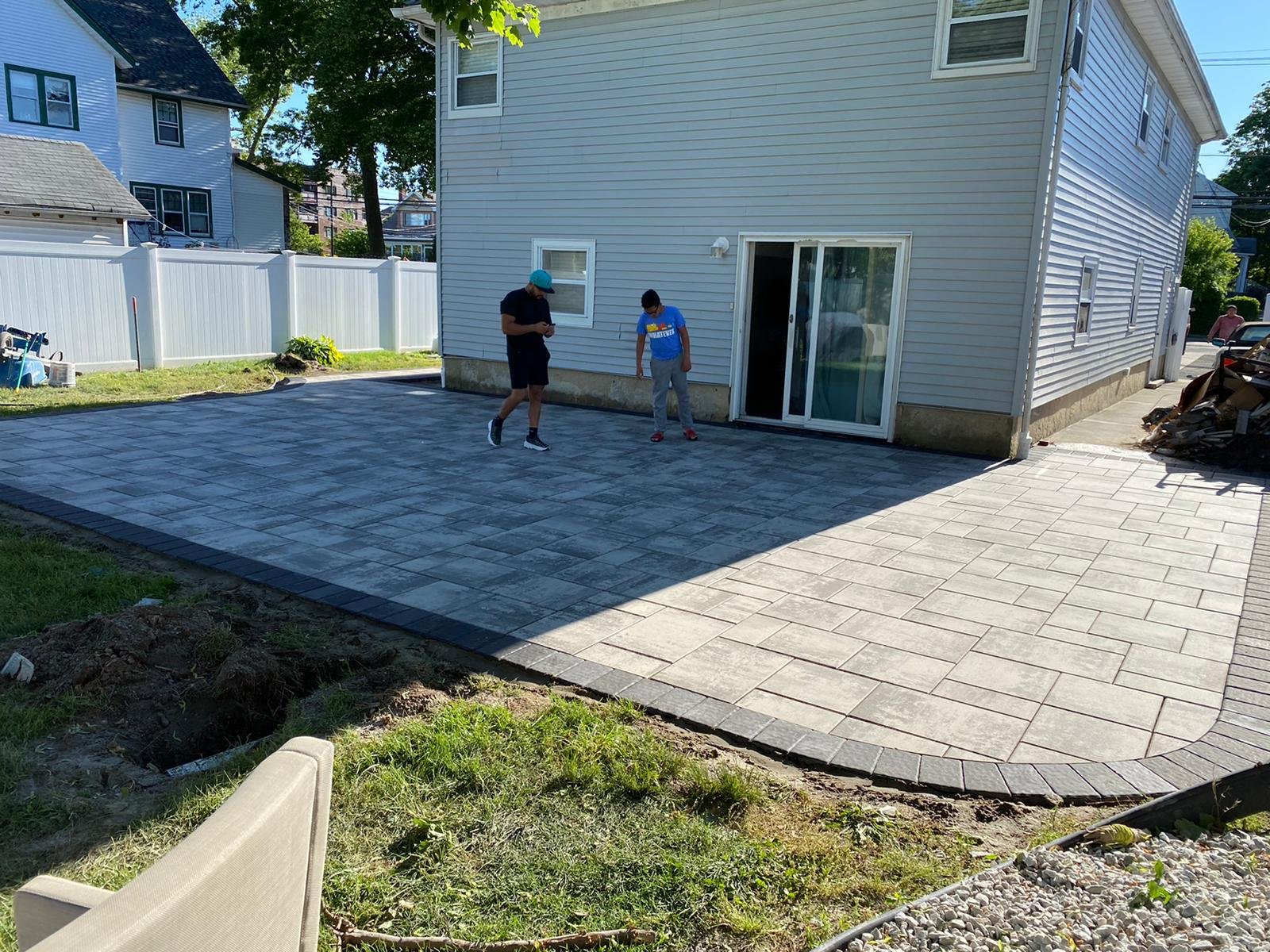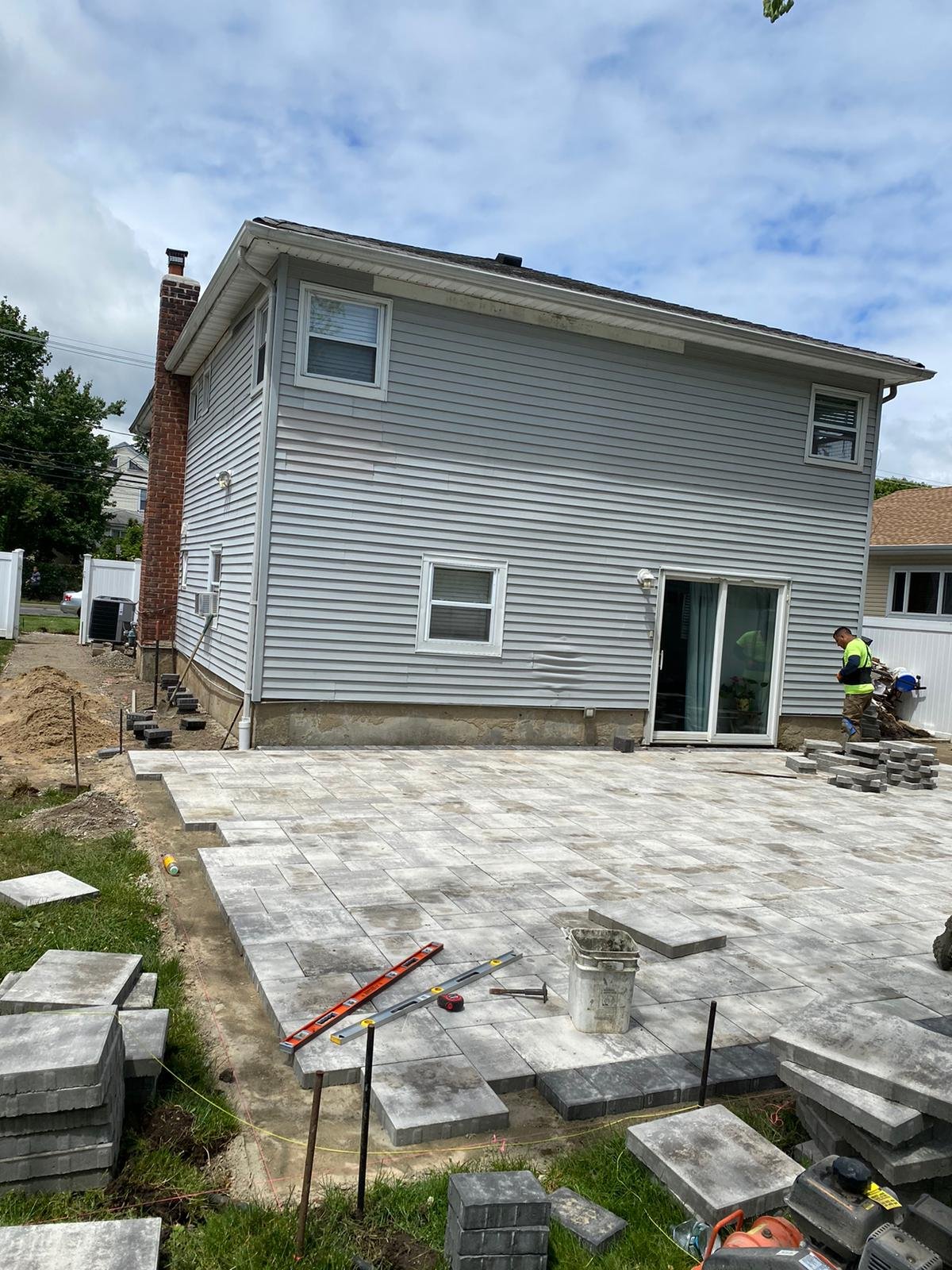Getting Started With Data Communication
Data communication is a technology for communicating details between products, such as computer systems and mobiles. This is carried out through electromagnetic signals including microwaves, r / c waves and power voltage.
Getting to grips with data communications
The first step in the task of information communication is always to identify the sender and receiver with the message. The sender certainly is the device that sends the data to the recipient. It can be a computer, phone number, laptop, online video camera, workstation or any additional electronic hardware.
Another important element of data communication is the tranny medium, which in turn acts as a connect between the tv-sender click to read more and receiver. This is often a wired or perhaps unwired method, such as twisted pair wire, fiber optics, r / c waves and microwaves.
Criteria and protocols
Data conversation is regulated with a group of corporations that are responsible for defining and implementing networking standards. These kinds of organizations include the International Telecommunication Union (ITU), which issues guidelines called “recommendations” that have the force of law.
Protocols are rules that a network uses to communicate among devices. These rules may be developed by a network implementer or based on existing criteria.
Compression
A common way to eliminate the number of bits sent more than a communication funnel is to review messages and assign short unique codes to frequently employed characters and longer computer codes to seldom-used characters. With regards to the size of the message, this may be possible in order to save as much as fifty percent of the info transmitted.






